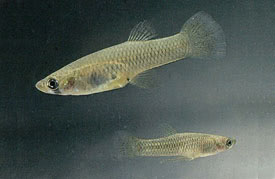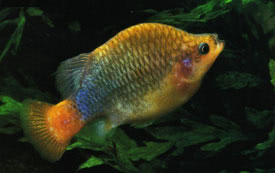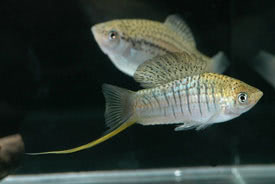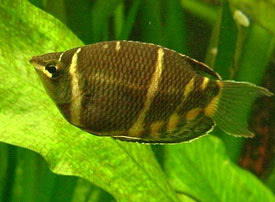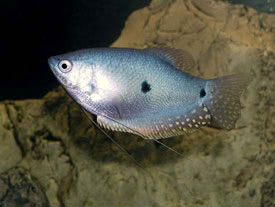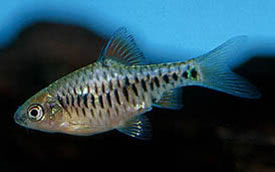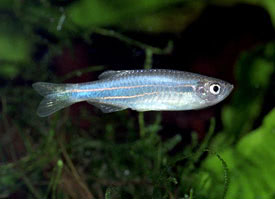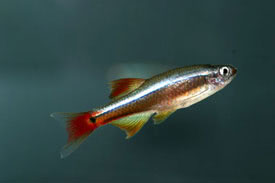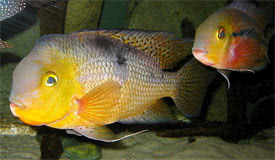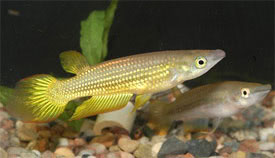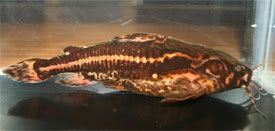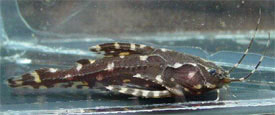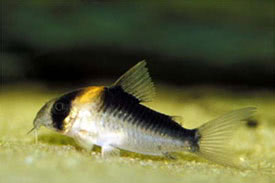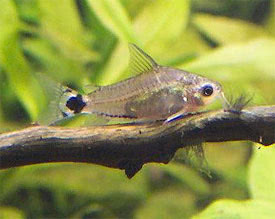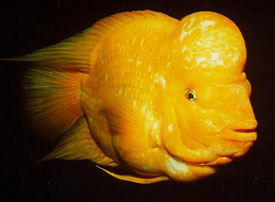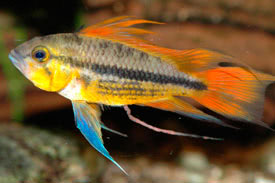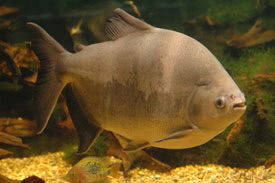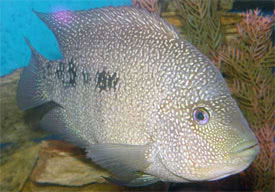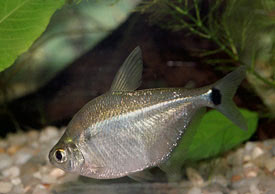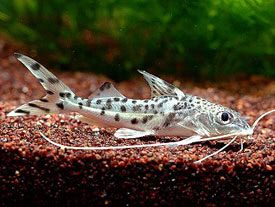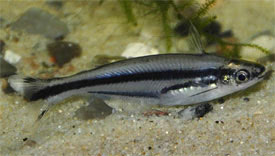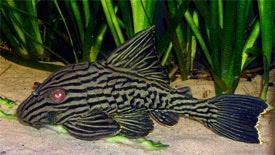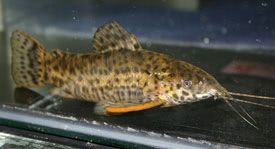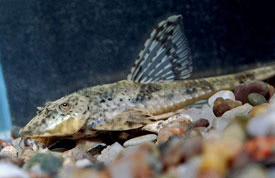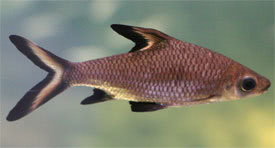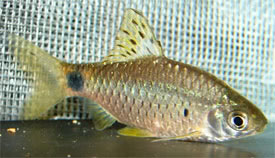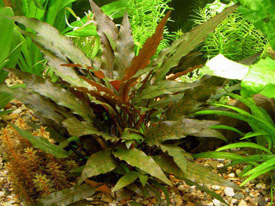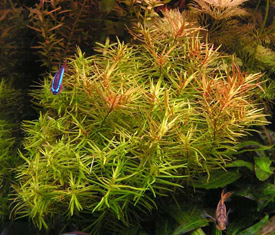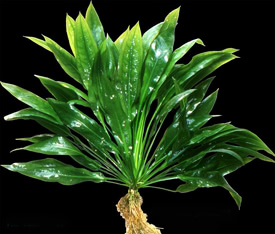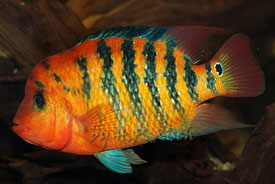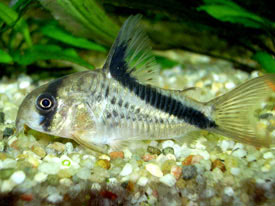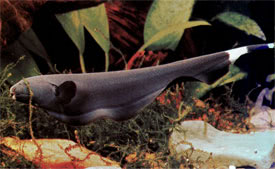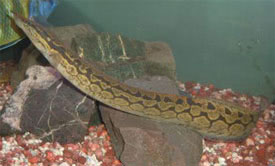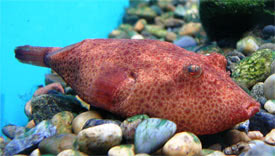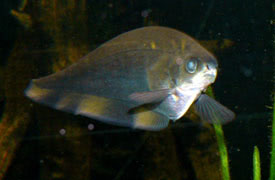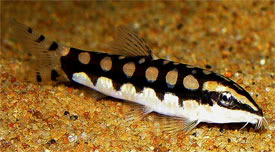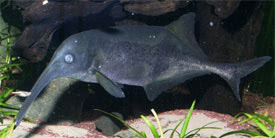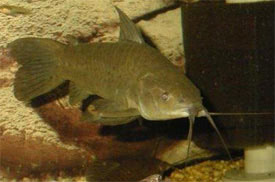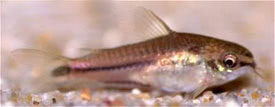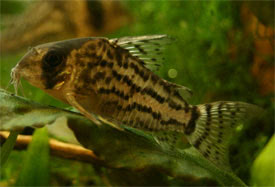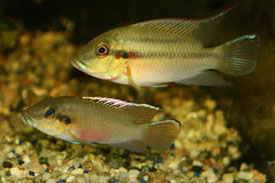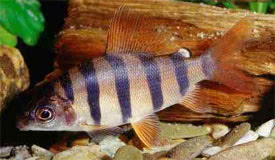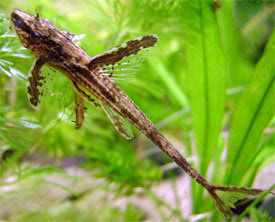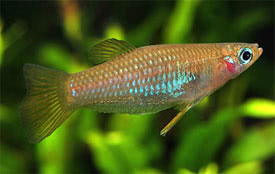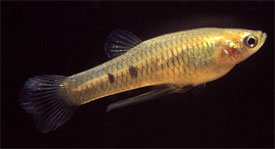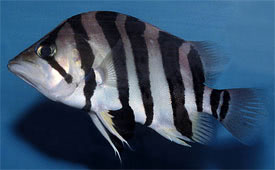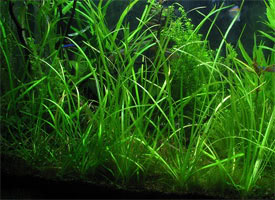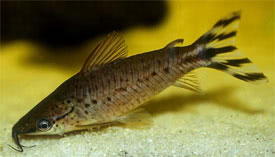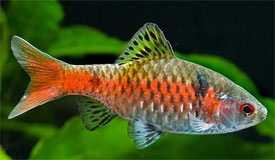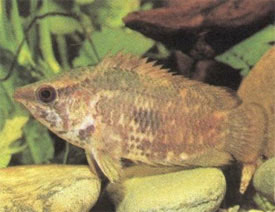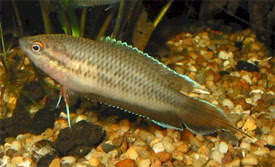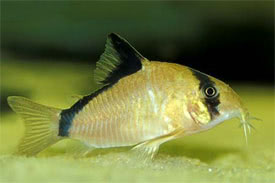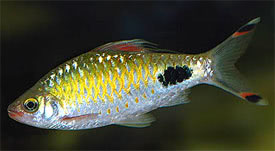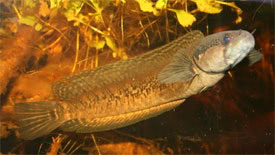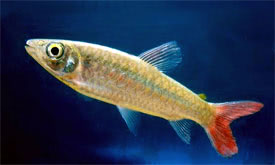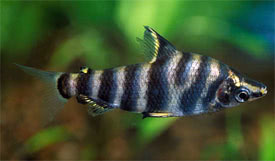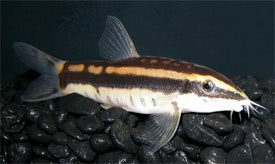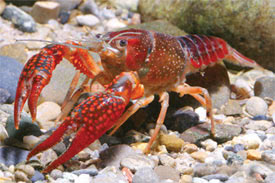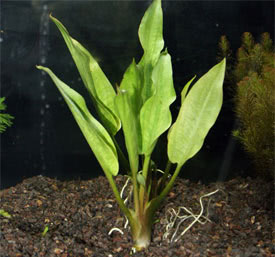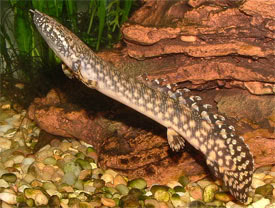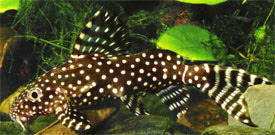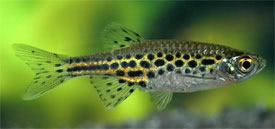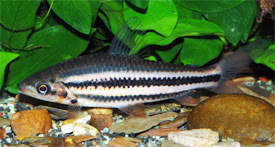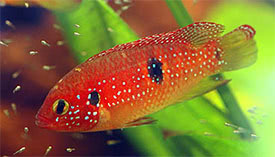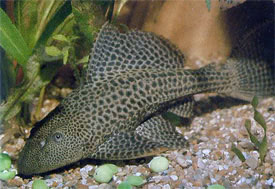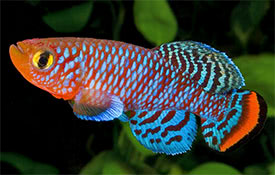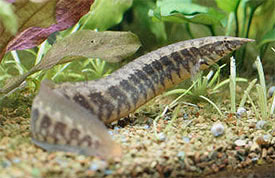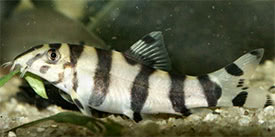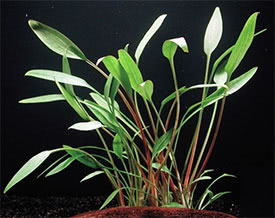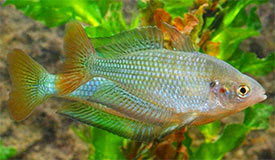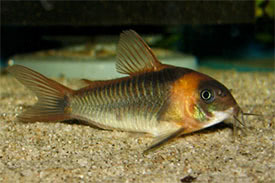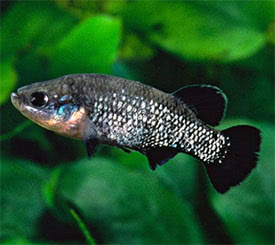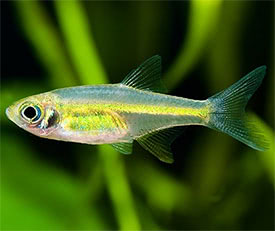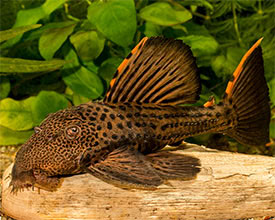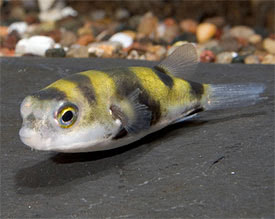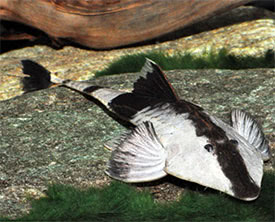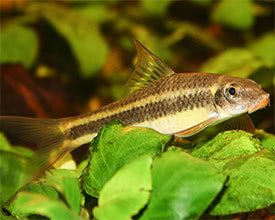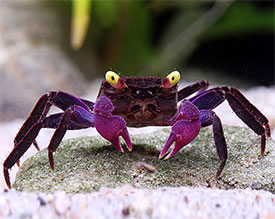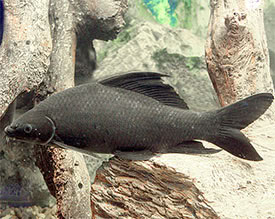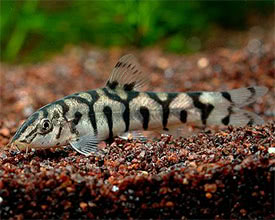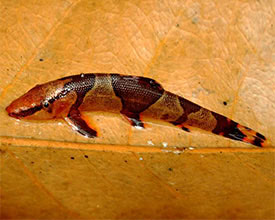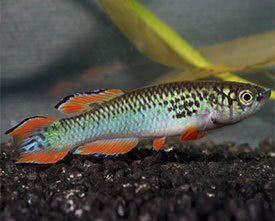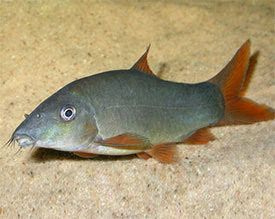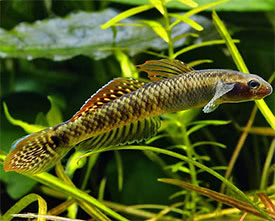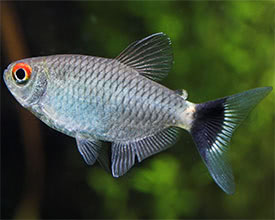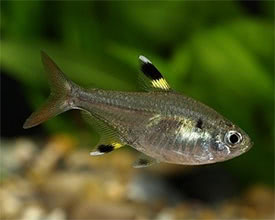
 Magyarul / Hungarian
Magyarul / Hungarian
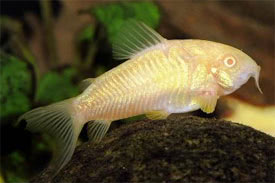
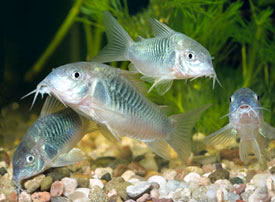



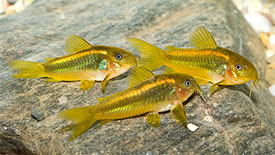
- Scientific name: Corydoras aeneus
- Synonyms: Callichthys aeneus, Corydoras macrosteus, Corydoras microps, Corydoras schultzei, Corydoras venezuelanus, Hoplosoma aeneum
- Common name: Bronze catfish, Bronze corydoras
- Group: Catfishes
- Habitat: South America; Colombia, Venezuela, Guyana, Suriname, French Guiana, Trinidad and Tobago, Peru, Bolivia, Brazil, Paraguay and Argentina.
- Size: 6.5-7.5 cm
- Biotope: Along banks of slow-moving rivers with sandy bottoms.
- Social behavior: A peaceful, undemanding fish, ideal for community tanks and beginning aquariasts. Do not keep with substantially larger, aggressive fish such as large cichlids.
- Diet: Omnivorous; Live, aquatic insects, white worms, Tubifex, Brine Shrimp, insect larvae, tablets and flakes are also accepted
- Breeding: Easy
- Tank: Minimum 80 litres
- Population: 6-7 fishes for 100 litres
- Decoration: These catfish like a well-planted tank with many hiding places (wood, roots, rocks). They like to burrow, so use fine gravel or sand as a substrate.
- Temperature: 20-27 °C
- pH: 6.5-7.5
- Hardness: 1-20 NK°
- Lifespan: 10-20 years
Description: The Bronze catfish likes to shoal, so keep it in groups of 5 or more fish. Corydoras aeneus was one of the first of its genus to be readily available to the hobby and its popularity has lasted to the present day. In the wild, Corydoras aeneus inhabits a broad geographical range across South America, and has many different color froms like gold, albino, orange laser and black.
The body is stocky and deep, with an arched back. Two rows of bony plates make up each side of the fish. Two pairs of barbels are located on the upper jaw. The lower plates ranges in color from bronze to yellow to reddish-brown to white. The upper row of plates have a green to golden iridescence, when good water conditions are maintained. The fins are tan to bronze in color. The central area of each side is darker than the rest and extends to the beginning of the caudal fin. The head and side areas have a metallic sheen to them which appears green, copper or a Golden color depending on the light and angle of viewing.
The golden form has yellowish body and fins, but with black eyes.
The black colour form was produced by German aquarists in the 1990's, and usually sold as Corydoras 'Black Venezuela'. This variety is velvet black with dark chocolate fins. Interestingly enough, stressed individuals lighten noticeably and the trademark head stripe can be seen.
The albino form has a pale pink or yellow body and red eyes.
The orange laser form (Corydoras sp. CW010) has more yellowish body and fins, and has a beautiful golden stripe on the back from the head to the tail.
Sexually mature specimens are easy to tell apart, the females have a stouter body and the males has a larger and more pointed dorsal fin. Cories are best bred in groups in a separate tank, and should have a ratio of 2-3 males to each female, while with the albino form this ratio should be 4. Perform a large water change with water approcimately 5°C cooler than the tank water to initiate spawning. This may have to be repeated over several days before spawning is triggered. Courtship consists of the male touching the female with his snout and then the female will swim constantly around cleaning rocks or plant leaves in the tank. When the fish enter spawning mode, they will become much more active. Corydoras adopt a T-shaped spawning position, where the male will grab the females pelvic fins and twist his body into hers and she will release her egg pouches at the same time as the male sperm. This is repeated several times with the female taking the egg pouches and placing them at various locations throughout the tank. After spawning you can remove the parents from the tank. The eggs will hatch in 3 days and the young are not hard to raise and can be fed fine flake food or newly hatched brine shrimp (fresh or frozen). Maintaining water quality is key to raising cory fry so ensure regular water changes take place. Growth is fairly rapid given proper conditions.





